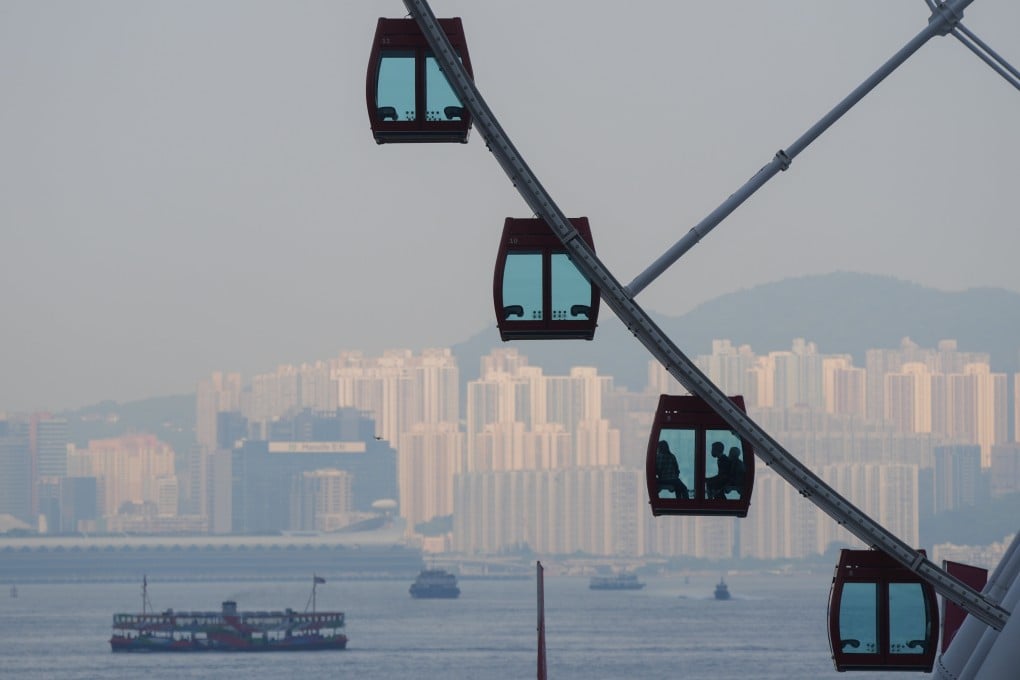Tourists could need fewer Covid tests and have easier access to museums and theme parks in Hong Kong, but restaurants may still be off the menu
- Government source says list of no-go places for visitors could be modified to allow trips to museums and amusement parks
- Hotel quarantine in Hong Kong may be replaced with seven days of home surveillance as city looks to reopen to tourists

Tourists in Hong Kong may have to take fewer Covid-19 tests and be allowed to visit attractions such as museums and amusement parks when the city returns to quarantine-free travel under options being considered by the government, the Post has learned.
Government insiders also suggested on Tuesday that finance and tourism officials hoped to be able to further relax the rules to allow visitors to go to restaurants during the proposed seven days of home medical surveillance, in line with appeals from the hospitality sector.
But it is understood that mask-off activities are still a serious concern for health authorities.
More details came to light after senior government officials were said to have reached a consensus at a meeting on Monday to scrap the three days of hotel quarantine for overseas arrivals and replace it with seven days of home surveillance, dubbed the “0+7” plan.
But sources said an official announcement could only be made after they resolved some sticking points and the necessary preparations were carried out.
Visitors are at present given an amber code on the government’s risk exposure “Leave Home Safe” app after hotel quarantine.